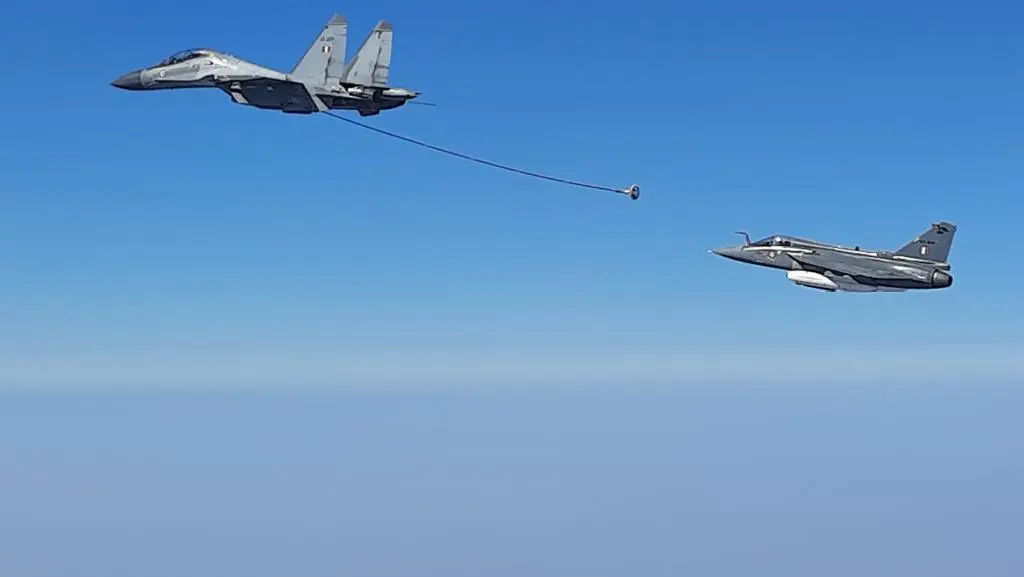Operation Garuda 2025: Tejas Mk-1A and BrahMos-Armed Su-30MKIs Dominate Franco-Indian Skies
Over the sun-scorched Pokhran ranges in Rajasthan, Operation Garuda 2025 roared into action today, marking a watershed moment in India’s aerial combat readiness. For the first time, the newly flight-tested Tejas Mk-1A flew in tight formation with 20 BrahMos-upgraded Su-30MKIs, executing simulated beyond-visual-range (BVR) kills alongside French Rafale-M jets from Escadron de Chasse 1/30 “Côte d’Argent”.
This bilateral air exercise, running from October 24 to November 2, involves over 50 live sorties daily, with a focus on networked warfare, electronic countermeasures, and precision strike coordination. The AUSTRAHIND 2025 joint exercise with Australia, currently in its final phase in Perth, provided critical data on urban counter-terror tactics—now being integrated into Garuda’s air-land synergy modules.
At the heart of this drill is the Tejas Mk-1A’s Uttam AESA radar, which demonstrated real-time target handoff to BrahMos-armed Su-30MKIs at 180 km. The missile, with its 290 km air-launched range, was cued by French Rafale’s Spectra EW suite, showcasing seamless NATO-Indian data link interoperability—a direct outcome of the Scorpène export MoU signed last week.
The Ministry of Defence’s record 51% capital expenditure utilization in H1 FY26 has been the backbone of this acceleration. ₹18,000 crore has already flowed into IAF modernization, with HAL Nashik scaling Tejas production to 16 jets annually. Today’s drills validate the ₹42,000 crore Tejas Mk-1A contract signed in 2024, with the first squadron (No. 18 “Flying Bullets”) set for induction by March 2026.
French pilots praised the Tejas’ agility in dogfights, noting its 8.5G maneuverability and low radar cross-section. A Rafale pilot remarked, “It’s not just a light combat aircraft—it’s a force multiplier.” The exercise also tested the BrahMos-ER (Extended Range) variant, now cleared for 450 km strikes from Su-30MKIs, giving India unmatched stand-off capability in the Indo-Pacific.
Looking ahead, outcomes from Garuda will feed directly into the DAC’s November agenda. Sources indicate a potential clearance for 40 additional Tejas Mk-1A jets and integration of the Astra Mk-2 BVR missile by 2027. As China’s J-20 patrols the LAC, India’s response is clear: indigenous, networked, and lethal.
India’s skies are no longer contested—they are commanded.



